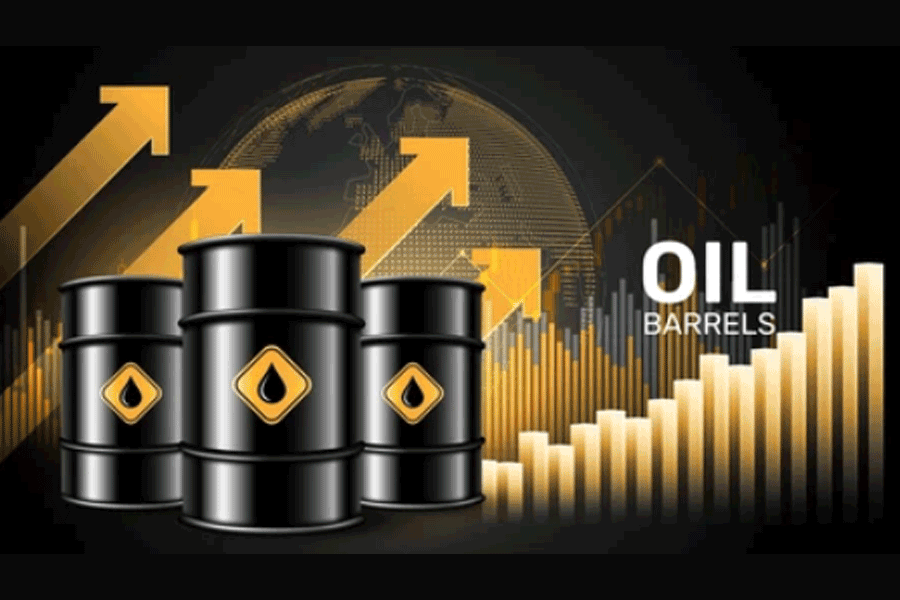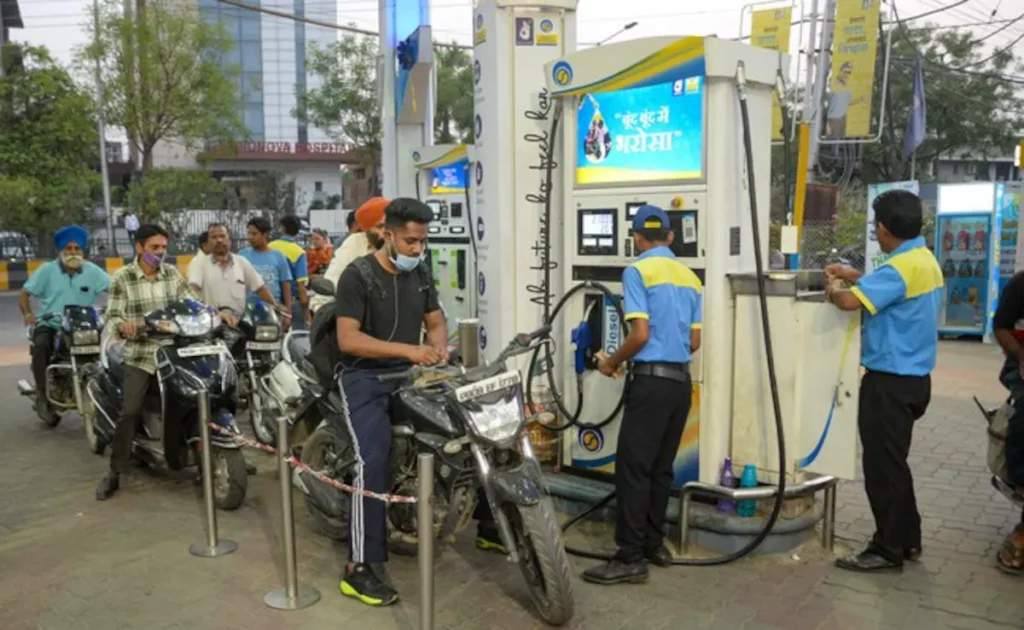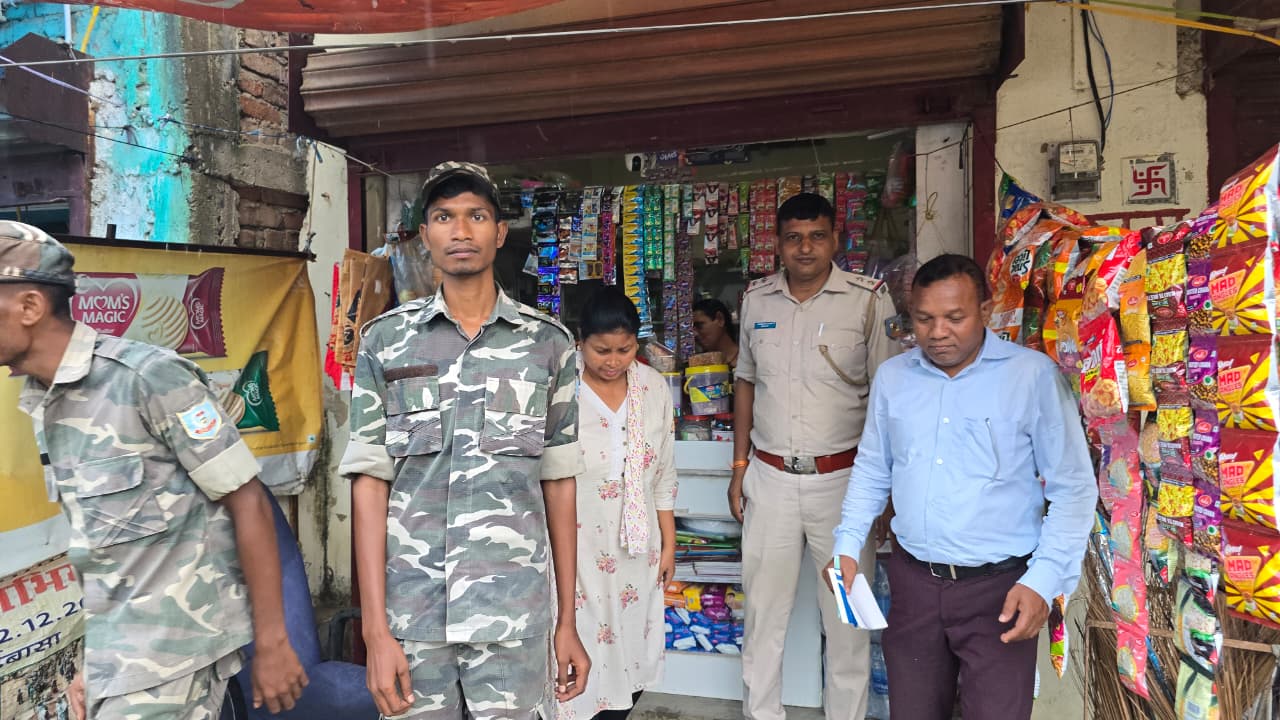After Donald Trump’s penalty threat, Indian state refiners ‘pause Russian oil purchases’

Private refiners Reliance Industries, and Nayara Energy are the biggest Russian oil buyers in India, but state refiners control over 60% of India’s overall 5.2 million barrels per day refining capacity

Source: The Telegraph Online
Representational imageShutterstock picture.
Indian state refiners have stopped buying Russian oil in the past week as discounts narrowed this month and US President Donald Trump warned against purchasing oil from Moscow, industry sources said.
Trump has hit out at India and its trading partner Moscow, hours after announcing 25 per cent tariffs on Indian imports. The American leader said he does not care about India’s trade dealings with Russia and that the two “can take their dead economies down together”.

Sponsored Ads
What’s the problem?
We provide recruitment services, offering both permanent and temporary employees to meet the staffing needs of our partner companies.
“I don’t care what India does with Russia. They can take their dead economies down together, for all I care. We have done very little business with India, their tariffs are too high, among the highest in the world. Likewise, Russia and the USA do almost no business together. Let’s keep it that way,” he said in a post on Truth Social.
India, the world’s third-largest oil importer, is the biggest buyer of seaborne Russian crude.
In response, state-owned refiners in India—including Indian Oil Corp (IOC), Bharat Petroleum (BPCL), Hindustan Petroleum (HPCL), and Mangalore Refinery (MRPL)—halted purchasing Russian crude in the past week. This was due to narrowing discounts and heightened geopolitical pressure from the US.
These firms control over 60% of India’s refining capacity (about 5.2 million barrels/day) and have shifted their sourcing to spot markets—primarily from the Middle East and West Africa.
Private refiners such as Reliance Industries and Nayara Energy continue to import Russian oil, but state refiners are leading the shift away
Trade uncertainty and lack of clarity on the “penalty” have led state refiners to seek direction from the central government
Analysts highlight that Trump’s threat appears largely symbolic, and many industry executives in India view it as strategic posturing rather than an imminent policy shift with real-world impact
📌 Key Takeaways:
| Aspect | Key Points |
|---|---|
| Tariff announcement | 25% tariff on Indian exports, plus unspecified “penalty” for buying Russian oil |
| State refiners’ response | Paused Russian crude buys; sourcing alternatives from Middle East & West Africa |
| Timing | Pause occurred over the past week, ahead of the tariff start on August 1 |
| Private sector | Private refiners still purchasing Russian oil, but account for less than state refineries |
| Industry view | Many officials see U.S. threats mostly as leverage, not immediate enforcement |
Trump Strikes Oil deal with Pakistan

Source: NDTV
On Wednesday, Trump also said he had made a deal with India’s arch South Asian rival Pakistan to develop that country’s oil reserves. “Who knows, maybe they’ll be selling Oil to India some day,” Trump wrote on Truth Social.
Since India’s short but deadly conflict with Pakistan, New Delhi has been unhappy about Trump’s closeness with Islamabad and has protested, which has cast a shadow over trade talks.
“Politically, the relationship is in its toughest spot since the mid-1990s,” said Ashok Malik, partner at advisory firm The Asia Group. “Trust has diminished. President Trump’s messaging has damaged many years of careful, bipartisan nurturing of the U.S.-India partnership in both capitals.”
Besides farm products access, the US had flagged concerns over India’s increasingly burdensome import-quality requirements, among its many non-tariff barriers to foreign trade, in a report released in March.
The new tariffs will impact Indian goods exports to the US, estimated at around $87 billion in 2024, including labor-intensive products, such as garments, pharmaceuticals, gems and jewelry, and petrochemicals.
What Does This Mean?
The US helping Pak is saying to India – ‘toe the line or risk your enemy being strengthened upsetting a key ally (i.e., Washington) while you negotiate a trade deal’.
After announcing a 25 per cent ‘reciprocal tariff’ on his “friend” India, plus a penalty for buying Russian weapons and oil, Donald Trump said Thursday the US had struck a trade deal with Pakistan, including plans to develop its “massive” oil reserves.
A disgruntled Trump also took a shot at India – “maybe they (Pak) will sell oil to India” – over the continued purchase of Russian oil despite sanctions on Moscow for its war on Ukraine.

Sponsored Ads
What’s the problem?
We provide recruitment services, offering both permanent and temporary employees to meet the staffing needs of our partner companies.
In a Truth Social post last night, Trump appeared to blame India (and China) for funding – by buying Russian crude – a conflict he once boasted he could end within 24 hours of being taking oath.
A disgruntled American President also slammed the Indian economy – the fourth largest in the world – as “dead” after failing to persuade Delhi to open its dairy and agriculture markets.
Meanwhile, Pak this morning said its deal will “result in a reduction of reciprocal tariffs, especially on exports to the US” but did not give details of what the lower rates would be.
The neighbouring country faced a 29 per cent tariff under rates announced in April. That rate was subsequently suspended for 90 days so the two sides could negotiate a new deal.
What Is the US-Pak Oil Deal?
The US will help develop Pakistan’s “massive” oil reserves.
What that means is still unclear. Most likely, and this is what Trump’s Truth Social post suggests, it will involve an American company being granted drilling rights to extract Pak’s crude oil.
What Does This Mean For India?
Unclear.
India’s oil reserves are far greater – around 4.8 billion barrels proven as of 2016 – and it has the capacity to extract and refine crude from deep sea reserves, something Pak does not.
And India produces, on its own, more crude per day than Pakistan; in February 2025, for example, India produced over 600,000 barrels per day, or BPD, and Pak produced only 68,000.
But both rely heavily on imports, India more so because it is a larger and thirstier market.

India is among the world’s largest consumer of crude oil.
By some estimates, in FY24/25 India imported nearly five million BPD. And, by comparison, in 2024 Pak imported only 140,000 – slightly lower than its historical average of 163,000 – BPD.
India has more reserves and produces more crude per day than Pak. But it also needs more, much more. The International Energy Agency predicts an increase of 330,000 BPD this year.
For Pak that figure is set to cross 300,000 BPD in this calendar year.
The difference is stark and suggests the US helping Pak drill for (unproven) oil reserves shouldn’t really affect India, especially since it has larger proven stores and established import lines.
Is The US Trying To Bully India?
The US developing Pak’s oil reserves will boost the latter’s supply and maybe save it some money. But it isn’t really about the money, at least not for the US.
As far as Washington is concerned, an oil deal with Pak is more about putting pressure on India to a) stop buying Russian crude and b) buy from the United States instead.
Earlier this year, when Prime Minister Narendra Modi met Trump in the US, India committed to buy more oil and gas from the US, possibly in hopes it would lead to a tariff reduction.

PM Modi and Donald Trump met in Washington on February 14
The deal made sense for India – it allowed Delhi to diversify from Russian or Iranian oil, both of which face sanctions (and payments difficulties) and showed the US it is willing to negotiate.
But Russia continues to be a major supplier, in the top three. And that has angered Trump.
The US helping Pak is saying to India – ‘toe the line or risk your enemy being strengthened upsetting a key ally (i.e., Washington) while you negotiate a trade deal’.
Trump’s jibe about Pak selling oil to India doesn’t really ring true. One, because Pakistan does not have proven reserves large enough to interest India. Two, because even if that were the case, the volatile political and military India-Pak relation absolutely rules out any purchases.
But what it could do in the long term, if US-Pak energy trade picks up, is reduce India’s chances of buying oil from America, at least at a favourable rate, which makes diversification a problem.
How Much Oil Does Pak Really Have?
Again, unclear.
In 2016 it had 353.5 million barrels of proven reserves, less than 10 per cent of India’s known reserves in the same year. Over the past 12 months there have been new discoveries.
In June state-owned Oil & Gas Development Company Limited said it found oil and gas in the Sindh province and, in September last year, more reserves were reportedly located offshore.
The extent was never made public but initial tests from some of the fields yielded between 20 barrels and 74 barrels of crude oil per day, which does not suggest very deep reserves.
It does, however, suggest that Pak has untapped reserves.
And the bulk of those reserves might be in its waters.
In April Turkey – seen as forming a new ‘nexus’ with Pak and Azerbaijan – signed a deal to bid for and develop 40 offshore blocks from the “world’s fourth largest oil and gas reservoir”.
That no major oil-producing country or company has rushed to profit has been seen as a red flag.
Experts believe geopolitical instability – the ‘risk vs reward’ factor – is one reason, particularly after five Chinese engineers died in a rebel suicide attack in March 2024.
But the US agreeing to develop Pak oil reserves – necessary also because Islamabad lacks deep-sea mining technology – is a big step for the latter, particularly amid enduring economic hardships.



